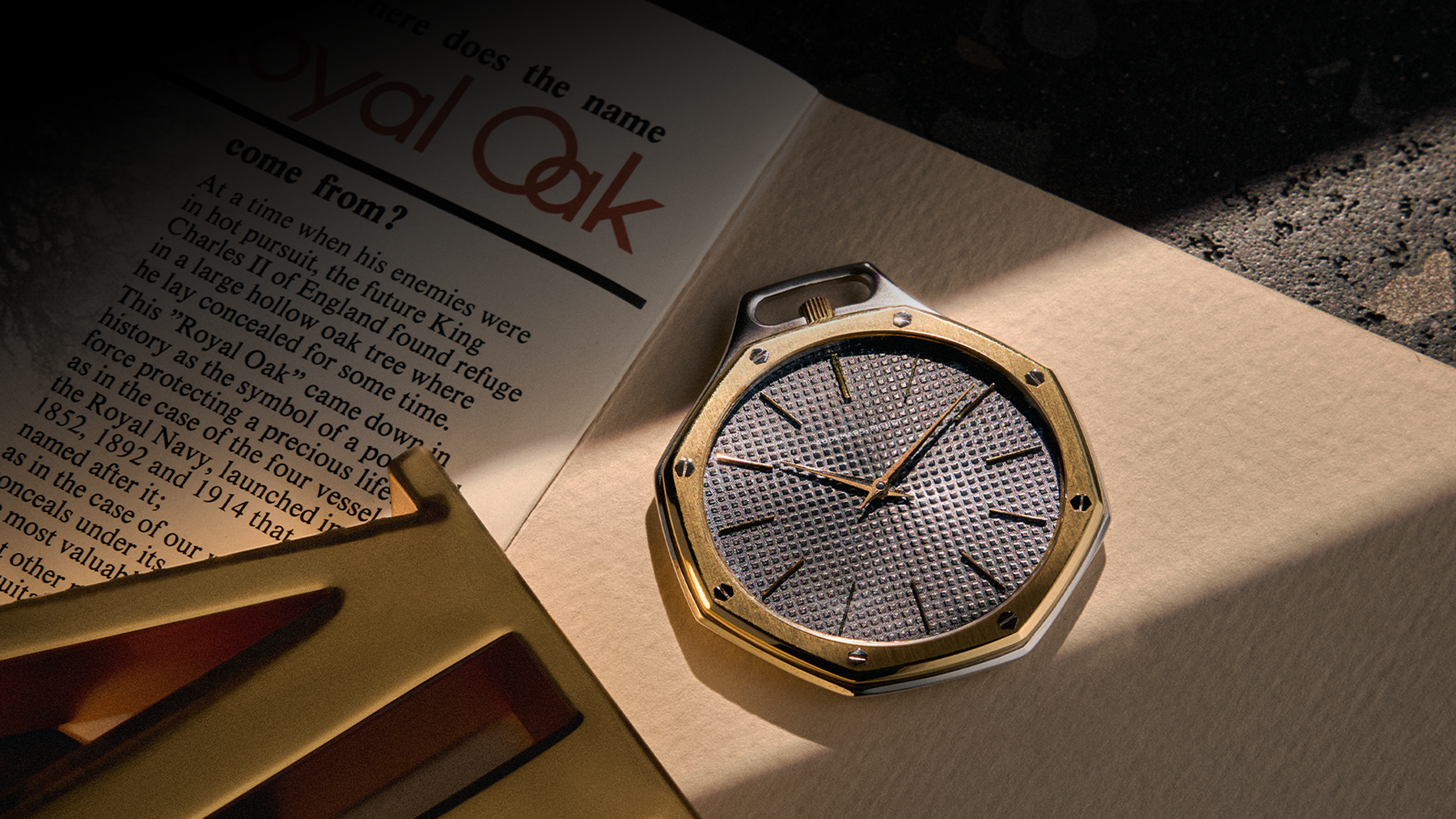
THE ORIGINAL ROYAL OAK POCKET WATCH.
I’ve always believed that a true heritage brand should courageously draw inspiration from its history while remaining confident in its innovative vision for the future. Record-keeping is crucial in this endeavour, and a brand’s willingness to open its archives to illuminate past creations can be invaluable for collectors to study and appreciate.

Audemars Piguet has actively shared its archival findings, and today, we explore a rare and sentimental timepiece that recently entered the collection—Royal Oak Pocket Watch ref. 5691CA.
Most of the information for this article were acquired from AP Heritage Department's meticulous research, and can be found on the AP Chronicles section of their website which I strongly recommend for further reading into the subject.

1979. Technical Data Sheet for the case of Royal Oak ref. 5691. Audemars Piguet Archives.
5402 vs. 5691
Today, the Royal Oak is a household name, but that wasn’t always the case.
Famously sketched in a single evening by Gérald Genta—a watch designer often lauded as the Picasso of the watch industry—the reference 5402ST became the first luxury sports watch crafted in steel rather than precious metals. Despite its humble material, the steel Royal Oak was painstakingly decorated as if it were gold. Its case was seamlessly integrated with a matching bracelet, showcasing an unbroken design language. In the light, the alternating brushed and polished surfaces shine like no other.

1972. Technical Data Sheet for the case of Royal Oak ref. 5402ST Audemars Piguet Archives.
The watch was also unusually large for its time, boasting a 39mm case size. This earned the ref. 5402 the “Jumbo” moniker, a nickname that endures to this day. To retain wearability despite its substantial footprint, the watch was designed with an exceptionally slim profile, necessitating an equally slim movement.
In total across all materials, 6,050 examples of the ref. 5402 were sold and recorded. Its pocket watch counterpart (ref. 5691) was introduced in 1979, in miniscule numbers. Only 126 examples of this reference were made, most commonly in yellow gold. The production of the wristwatches outnumbered the pocket watches 48 to 1.

No lume, pure gold —Sword hands, baton indexes.
The 5402 and 5691 share most of their design attributes, differing primarily in their markers and hands. The wristwatch Royal Oak features luminous material on its baton hands and markers, whereas the pocket watch’s hands and markers are purely crafted from gold. The central hands on the 5691 are executed in a sword-like design. Naturally, the self-winding 5402 relied on wrist motion for power, while the 5691 required manual winding.

FROM WRIST TO POCKET
It is fascinating to note that the Royal Oak’s journey went from a wristwatch to a pocket watch—a reversal of the typical evolution in watch design. The rise of wristwatches began in the early 20th century and gained mainstream popularity by the 1930s. Releasing a new pocket watch model in 1979 certainly raised eyebrows.
UNPARALLELED SLIMNESS
Just as the automatic calibre 2121 powers the ref. 5402, achieving mind-boggling slimness was a key requirement for the pocket watch. Audemars Piguet introduced the ultra-thin calibre 5020 to drive the ref. 5691. This hand-wound movement measures less than 2mm in thickness and spans 35.6mm in diameter, beating at a frequency of 3 Hz with a power reserve of 42 hours.

Circa 1985. Technical guide for watchmaker repairers. Audemars Piguet Archives.
FULLY PRECIOUS
Unlike the original two-tone Royal Oak wristwatch models, which combined steel and yellow gold, the 5691CA pairs white gold with yellow gold. The designation “CA” merges “BC” (white gold) and “BA” (yellow gold). Only 43 examples were made in this “CA” combination.
-FIN-
